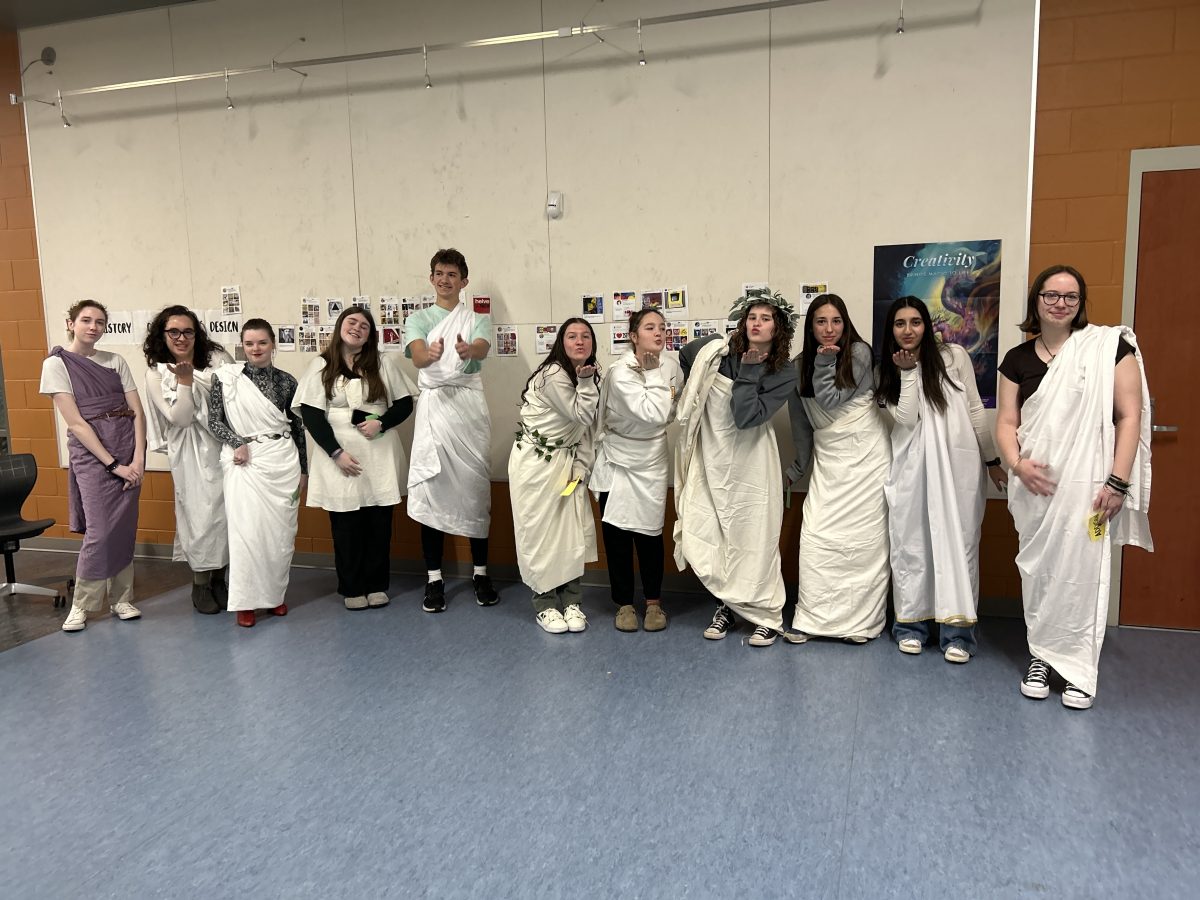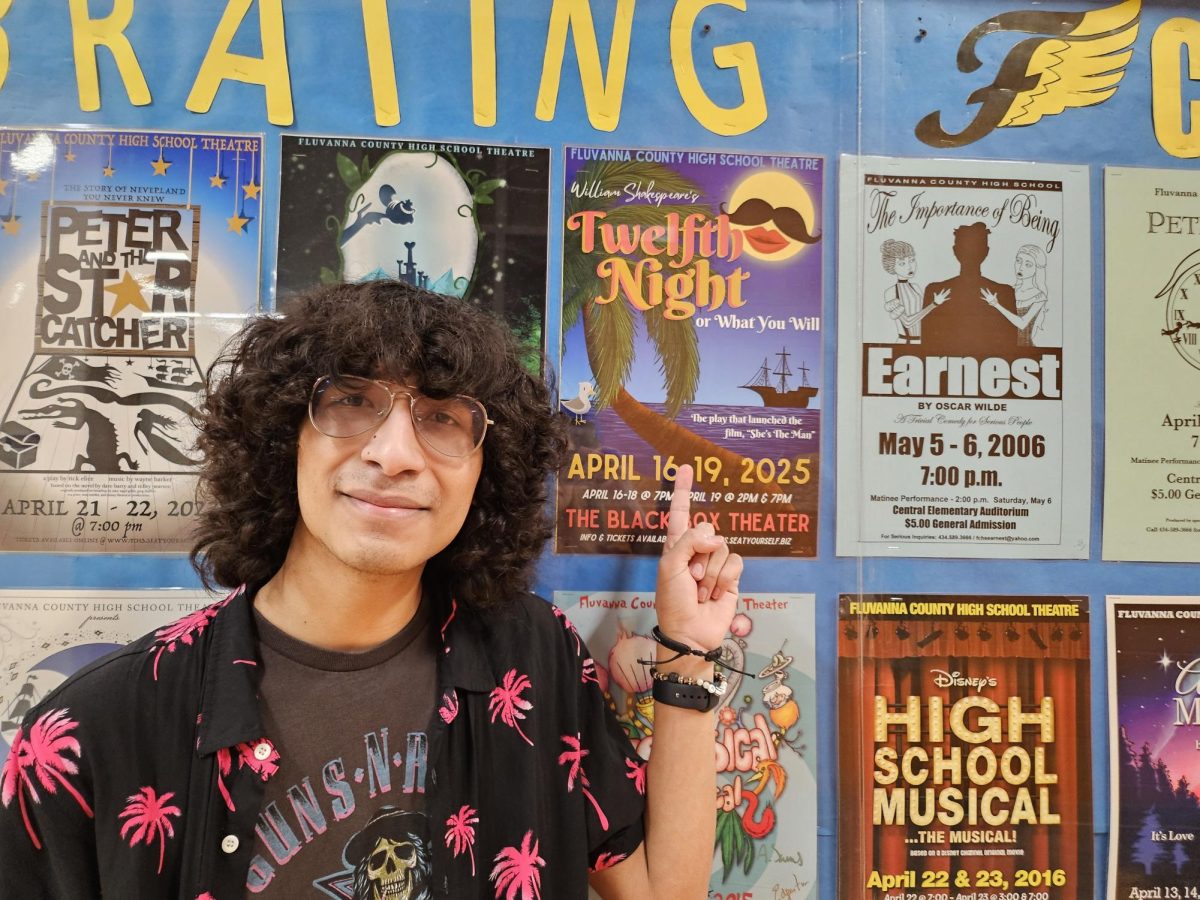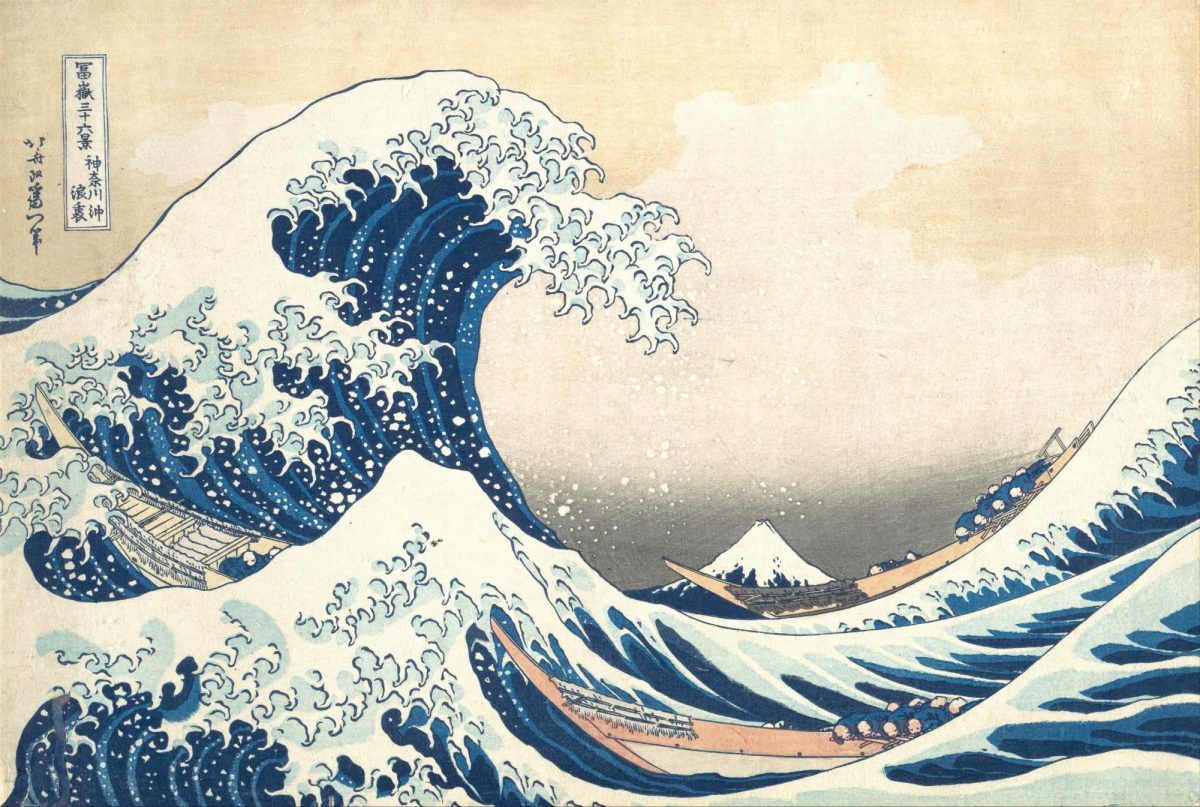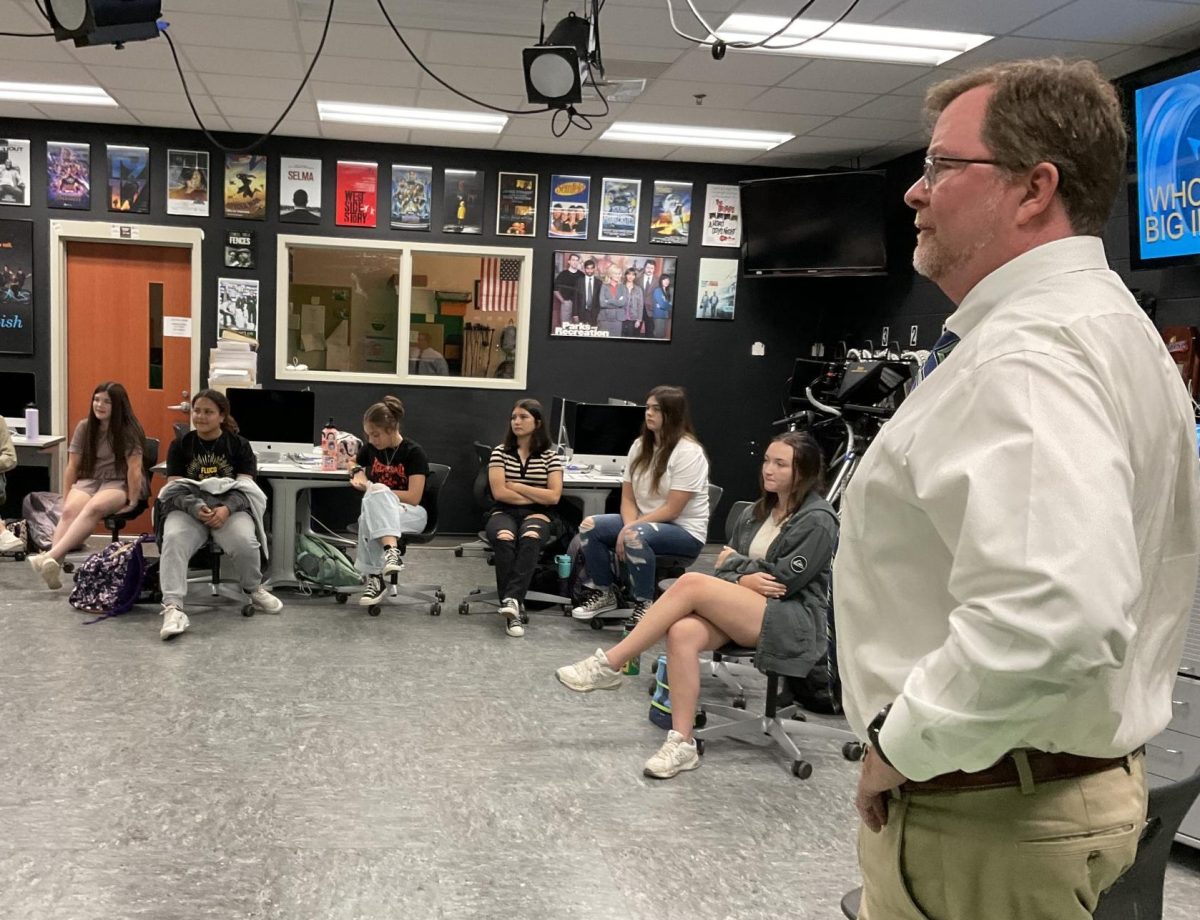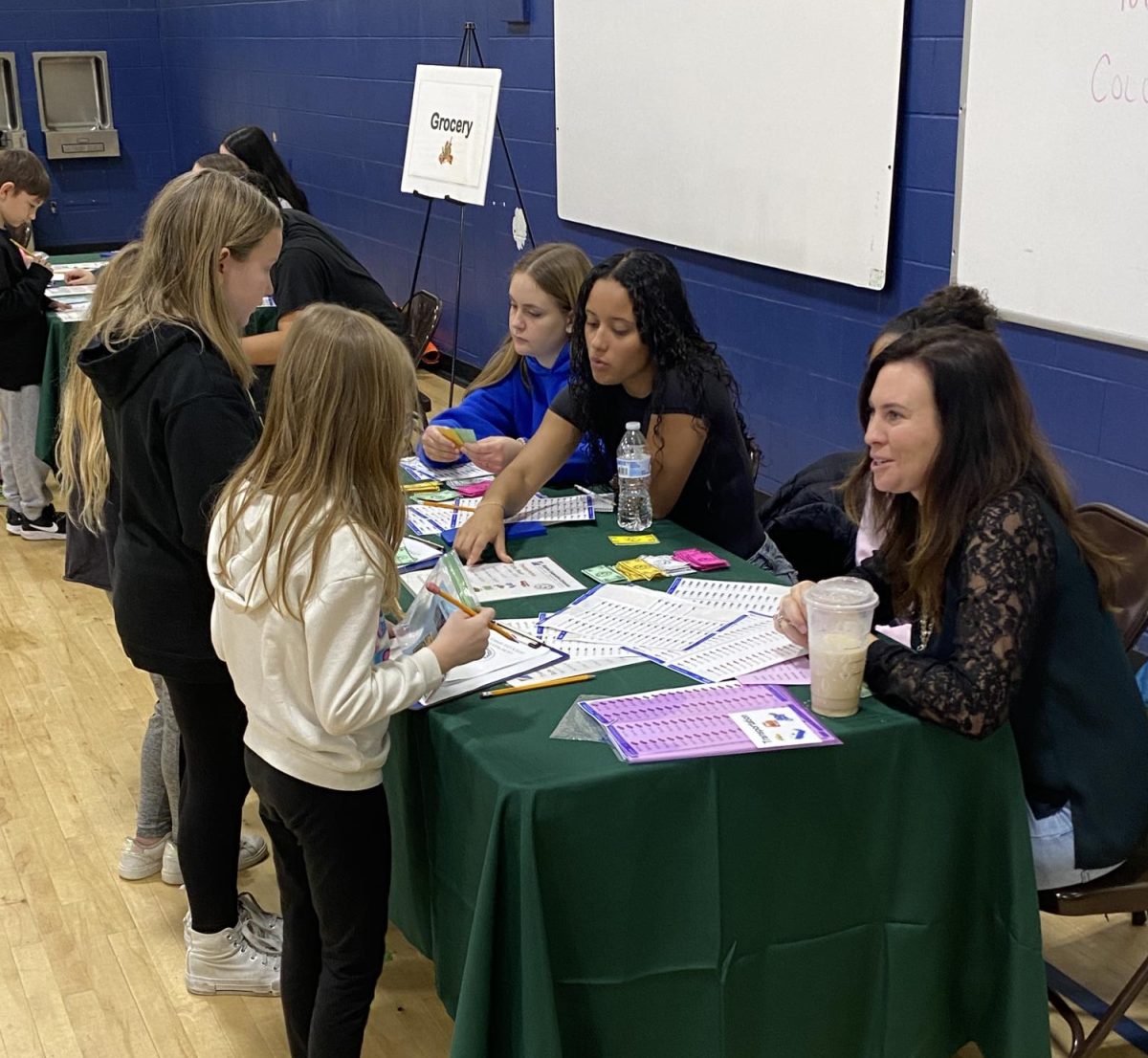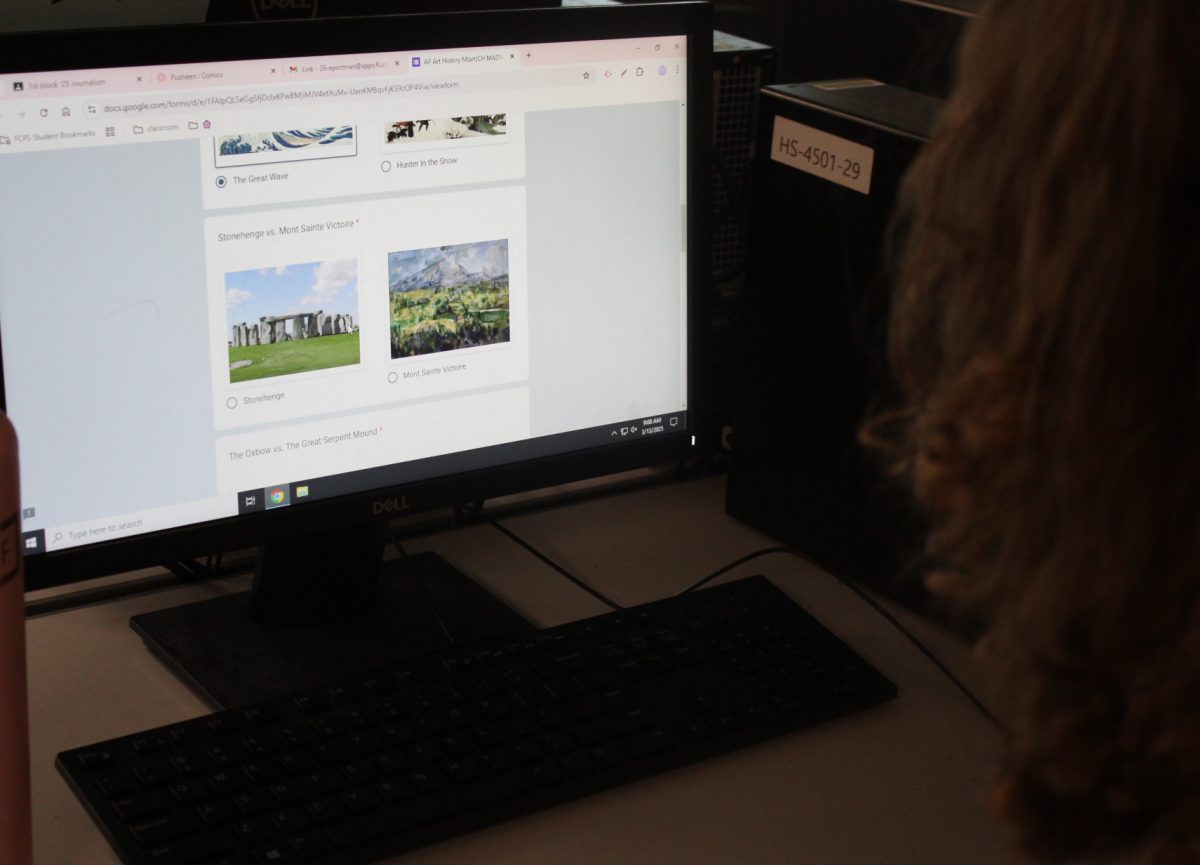Advanced Placement (AP) exams are challenging, no matter the subject. But one AP test is more notorious than others: the AP Art History exam. With 80 multiple choice questions and six essays, it’s no wonder that the test is daunting. In previous years, FCHS students were offered the opportunity to take the course online. This year, an in-person course was offered, prompting a variety of students to sign up.
“I [decided] to take the class because I had a genuine interest in art history and wanted to know more. It was also a bonus that I could get college credit,” said AP Art History student Sam Carter.
FCHS decided to offer AP Art History (abbreviated as APAH) this year as a way for students to graduate with their General Education Certificate, which certifies that the student completed the equivalent of one year of community college. This certificate is accepted by all in-state public schools, as well as many in- and out-of-state private schools. Students were offered the opportunity to take an in-person art history class or an online AP Psychology course as a humanities fulfillment. Many students in APAH decided to take the class so that they could fulfill the requirements and graduate with one or both of the PVCC certificates.
“Honestly, I did [the class] for the PVCC one-year certificate,” said senior Ethan Dahl, echoing other FCHS APAH students.
The APAH course covers over 250 artworks, buildings, and textiles from around the world. Some of the artworks are millennia old (having been created during the Stone Age), but others are more recent, having been made within the past decade. This wide variety in course material is one of the main reasons why the exam is so challenging.
For the APAH exam, students have to know the name of the artwork, who created it (the individual or culture), where it was created, the approximate date of creation, and the materials used. In addition, they have to know what the artwork is about, what the cultural context was, what artistic elements are used, and how those artistic elements further the artist’s purpose. Students need to know this information both for the multiple choice section, as well as for the essay portion. During the essays, students have to compare and contrast different artworks from the 250+ required ones, plus compare a given artwork to others from the same culture. These heavy test requirements can make the class seem daunting.
“Having to memorize information surrounding 250 artworks, including unfamiliar techniques and time periods, makes me worried. Since it is semester-long, we all basically need to start studying and fully retain everything now,” said senior Alexis Perry.
While the course load can overwhelm students, FCHS Art Department Chair and APAH teacher Michelle Coleman has plans to make the class as engaging and entertaining as possible.
“I really am doing my best to make sure we break up the traditional lecture style, teaching with fun activities, art making opportunities, even a field trip. I have also split my class into a team and have them working together to earn extra points doing all sorts of things,” said Coleman.
These activities are often themed around what the students are learning at the time. When they were learning about Ancient Greece and Rome, the students had a Toga Day where they showed up in their best togas and had a fashion show in the art hallway. When learning about Michelangelo and the Sistine Chapel, students had the opportunity to paint like Michelangelo, lying on their backs and reaching overhead to paint above them. They also had a recent field trip to Washington, D.C., to visit the National Art Gallery, the National Portrait Gallery, and the Hirshhorn Museum.
To promote the class, Coleman included the entire school in a M(art)ch Madness bracket. The bracket paired up 32 of the 250 class-required artworks in a Google Form. The form was then sent out to the entire school, giving staff and students the opportunity to vote on which artworks were their favorites. APAH students also voted, and got points for all the artworks they correctly predicted would move on. Coleman created this competition to raise awareness about both the APAH course and the presence of art in everyday lives.
“I love art because it is everywhere. Most people do not realize everything involves art. The houses and buildings we live and work in, the clothes we wear, the products we consume, the social media we spend time on, and the entertainment we immerse ourselves in [all involve art]. It is the reason we know so much about early man through history,” said Coleman. “I think one of the more fun things we experience in this course is the fun stories and the ability to create connections to things you never knew,” she added
This course is open to rising sophomores through seniors who are interested in art history and prepared to take a college level course. Students should reach out to their counselor if they are interested in taking this course in 2024-25.

